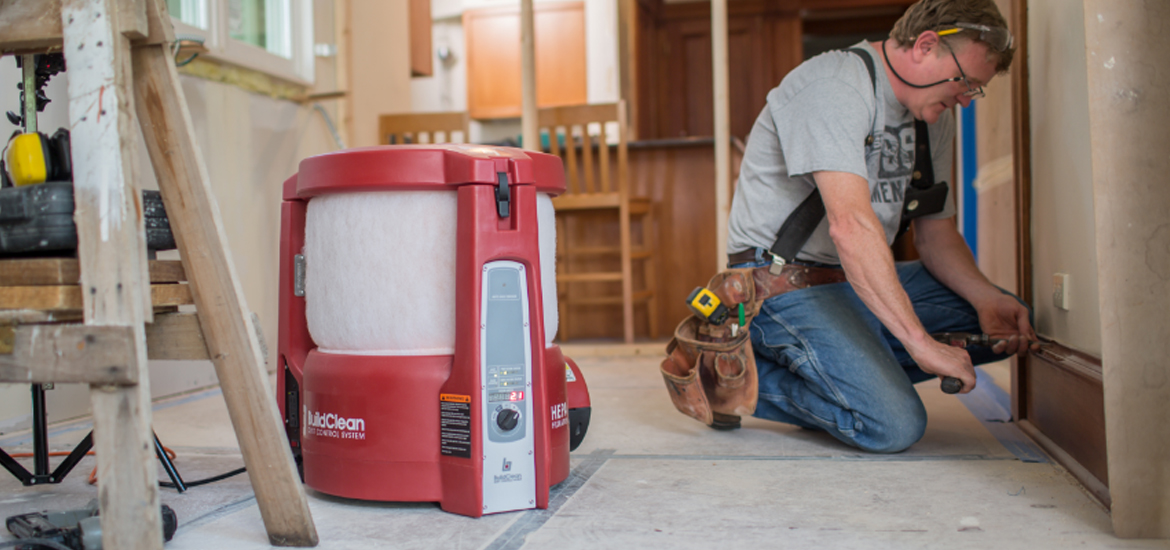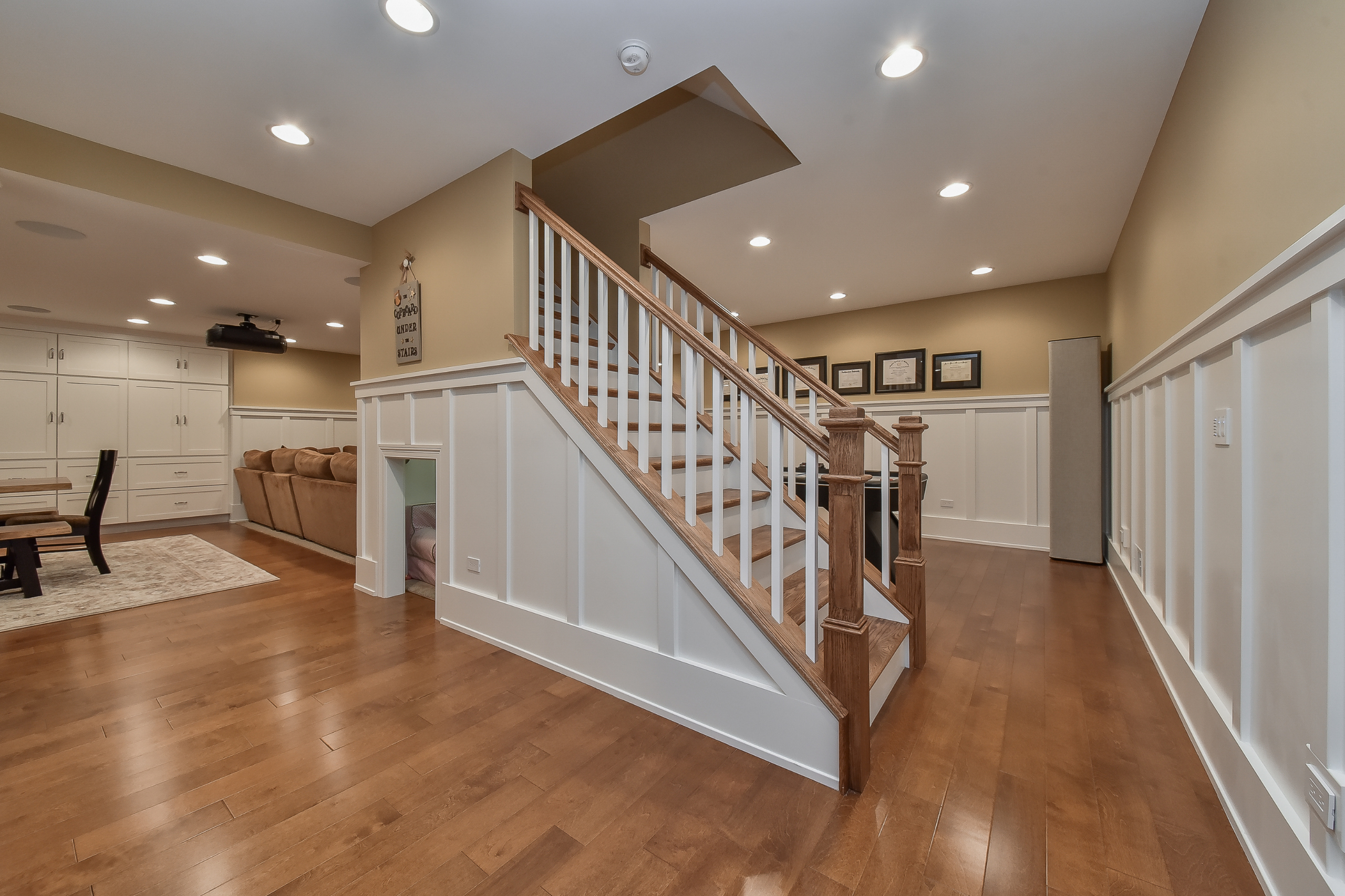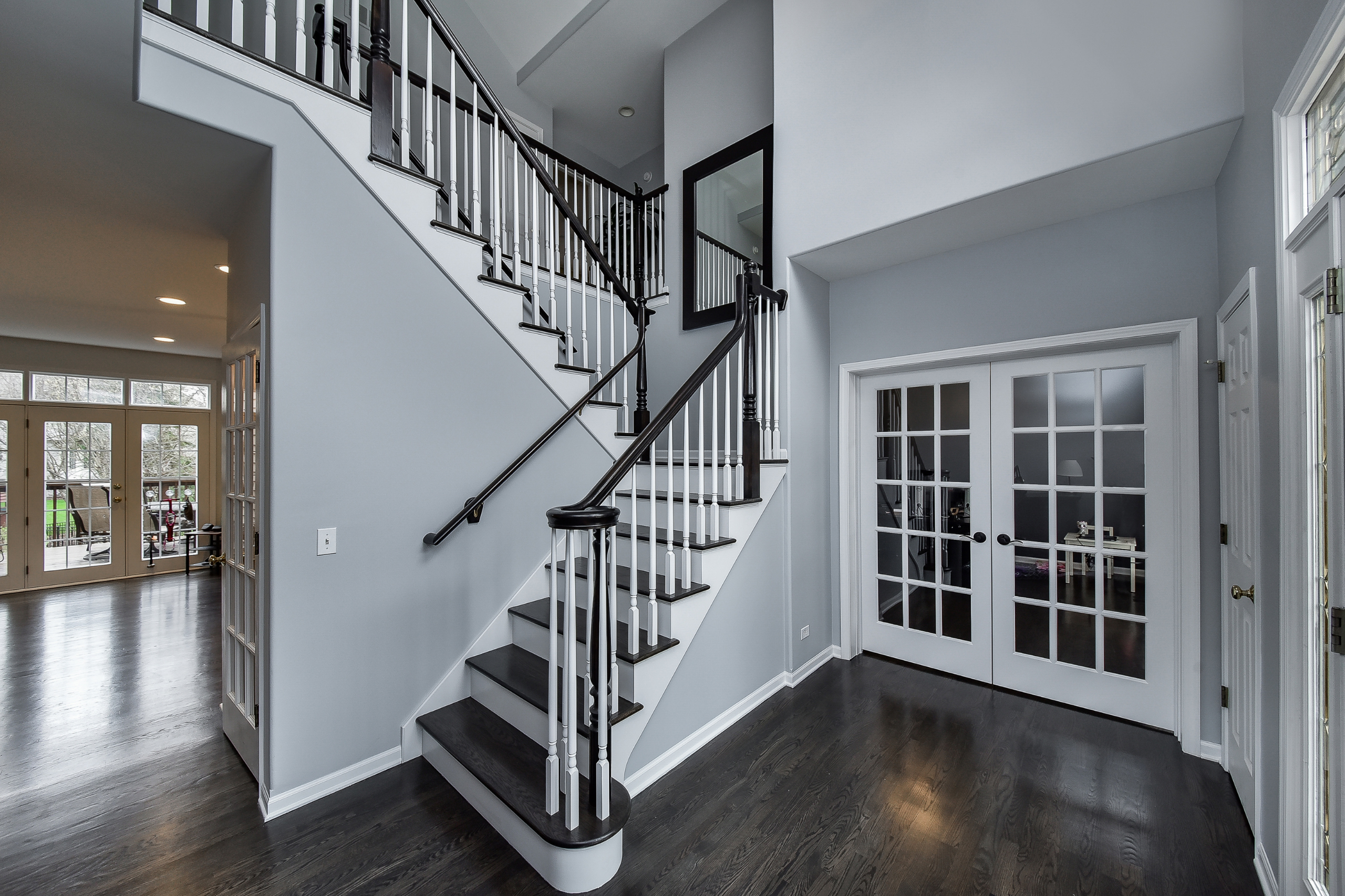
Toolguyd
Why is dust control important? Because most remodeling projects can create job site dust that can include dirt and debris, drywall and sawdust. Working in my clients’ homes for more than 16 years, I’ve realized that easing the pain of the remodeling process is just as important as the final results of the project. Here at Sebring Design Build, we take controlling dust very seriously! Your livability is our top concern during a remodeling project. How a contractor controls construction dust can make or break the success of a project. Over the years, we have researched new products and techniques to help in the reduction of remodeling dust. So if you are looking to hire a contractor for the job, here is my best practice list on how to control the biggest nuisance of the project, DUST!
Always Protect Your Floors
There have been many advancements in floor protection in the past 10 years. The days of laying red rosin paper are a thing of the past. We use a non-adhesive, non-slip, super tough fabric roll for hardwood and tile floors. The fabric is absorbent, excellent for accidental chemical and paint drips, and because there is a thin layer of vinyl on the back it helps protect the floor from melting snow tracked in during the winter months. It comes in gray and brown which usually looks better than most tarps.
For protecting carpet, we also use a self-adhering plastic that is a durable 3 mil. Polyethylene film that resists punctures. We also will lay ¼’ sheets of Masonite in extremely high traffic areas or if we need to set up our tools within the work space.
Remove or Cover Your Property
The best advice I can give any homeowner is to remove all your personal items from the jobsite. But if you don’t have a place to store your items, make sure to cover all your furniture with poly plastic sheeting.


Make Sure to Seal Your Ducts
Sealing return ducts prevents the fine particles of construction dust from entering your HVAC system and spreading throughout your house. This will also prevent your furnace filter from clogging which can slow airflow through the furnace.
Isolate The Work Space
You don’t always have the ability to close a door to the area of the house the project is being completed in. If the project is an open kitchen or involves an open stairwell, you will need to isolate the workspace. We use Zipwall Dust Barrier system to contain the dust in these types of projects. The Zipwall System allows us to create a dust-tight seal along the ceiling and floor without using tape.
If the renovation is limited to a kitchen, isolate the work area to prevent dust and grit from escaping. These include:
- Limit entry and exit zones
- Close unused doors
- Seal gaps around unused doors
- Use cardboard to cover flooring
- Use plastic to cover carpet
- Place plastic sheeting across exposed sections leading to other rooms
- Cover intake registers in the work area to prevent the HVAC system from spreading grit throughout the house
- If the weather permits, open a window to provide circulation within the remodeling space and hang a fan in the window area to blow dust away
Mark The Path
Workers will have to enter and exit the area, removing old materials and providing new ones. The dust from the renovation will get on their boots and clothes. Placing canvas tarps or polyethylene sheeting on the floor reduces dust transfer, protects wooden floors from scratchy grit, and protects both carpets and floors from spillage. Inquire with your contractor about establishing exits and entrances for your kitchen renovation.
Remove & Protect Stuff
In a perfect world, you’d remove all of your furniture and personal belongings from your home before beginning the kitchen makeover. Remove small, difficult-to-dust things from shelves and tabletops, such as knick-knacks and photos, and cover furniture with tarps for a more practical alternative.
Work Outside
Carpenters can work outside in good weather, reducing the amount of sawdust in your home. If they are working indoors, request that they utilize dust-collecting vacuums along with their power saws. Workers who use drywall sanders, another major source of dust and grit, should follow the same precautions.
Capture Airborne Dust
A few years ago we were finishing a basement in Plainfield for a client that worked for ITW. ITW was in the beginning stages of bringing a new dust containment system to the market. So we set up the BuildClean Dust Control System through the dustiest part of the project- the drywall stage. It worked very well. Well enough for us to make the large financial investment in three units solely to use during the dustiest part of the project. The BuildClean System collects dust while it is still airborne. While this system does not eliminate dust, it reduces it tremendously.
Important Note: If you believe that any of the materials being worked on during your renovation contains lead paint you need to consult and follow the EPA Renovation, Repair and Paint guidelines as well as your local and state guidelines.

Questions to Ask Your Contractor
- What systems do you use to control dust during construction?
- Where do you plan to set up your work area?
- Do you use an air scrubber like the Buildclean System?
- Do you include construction cleaning in your proposal or do I have to take care of that?
Check out this blog article: For five other questions to ask a contractor. There is no way to have a dust free environment, but if a contractor doesn’t have a plan to help reduce dust, don’t consider hiring him. If you have any questions or would like to talk about your upcoming remodeling project, contact us.
Other Related Articals:










